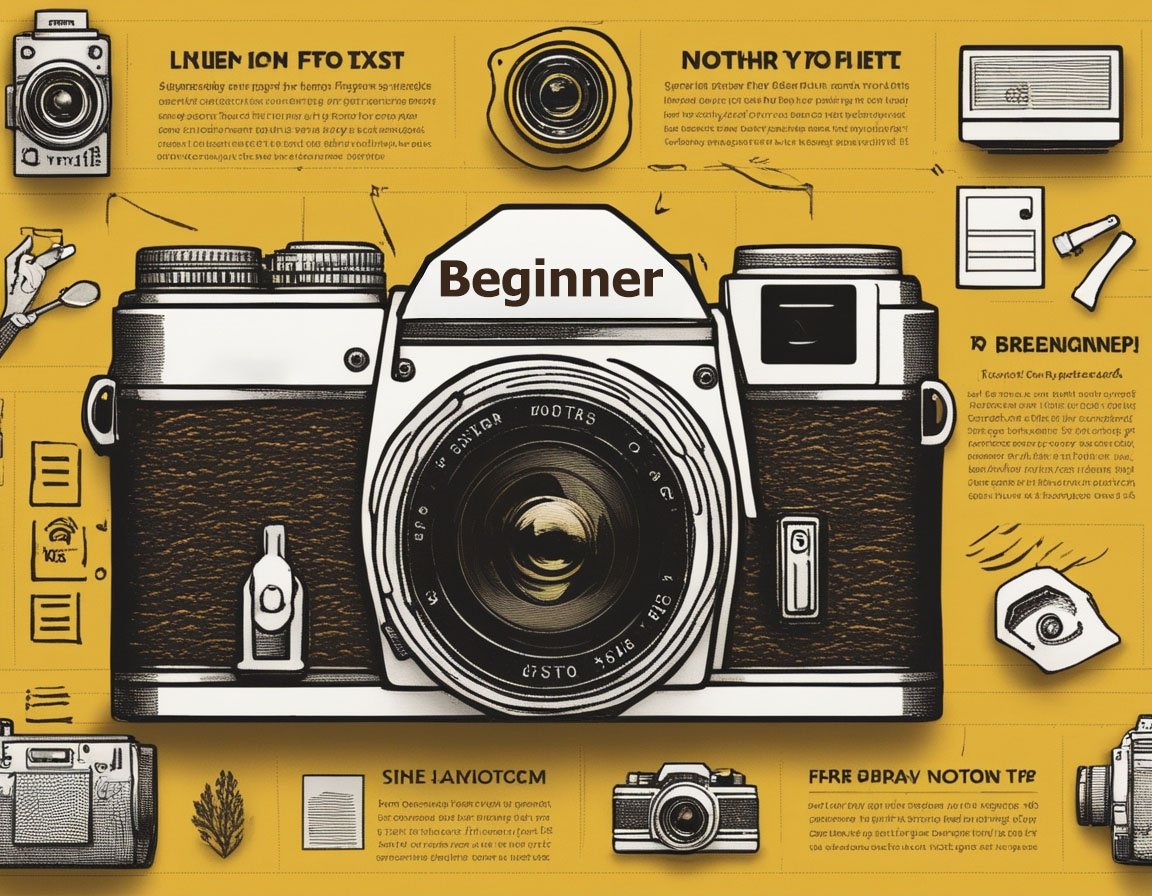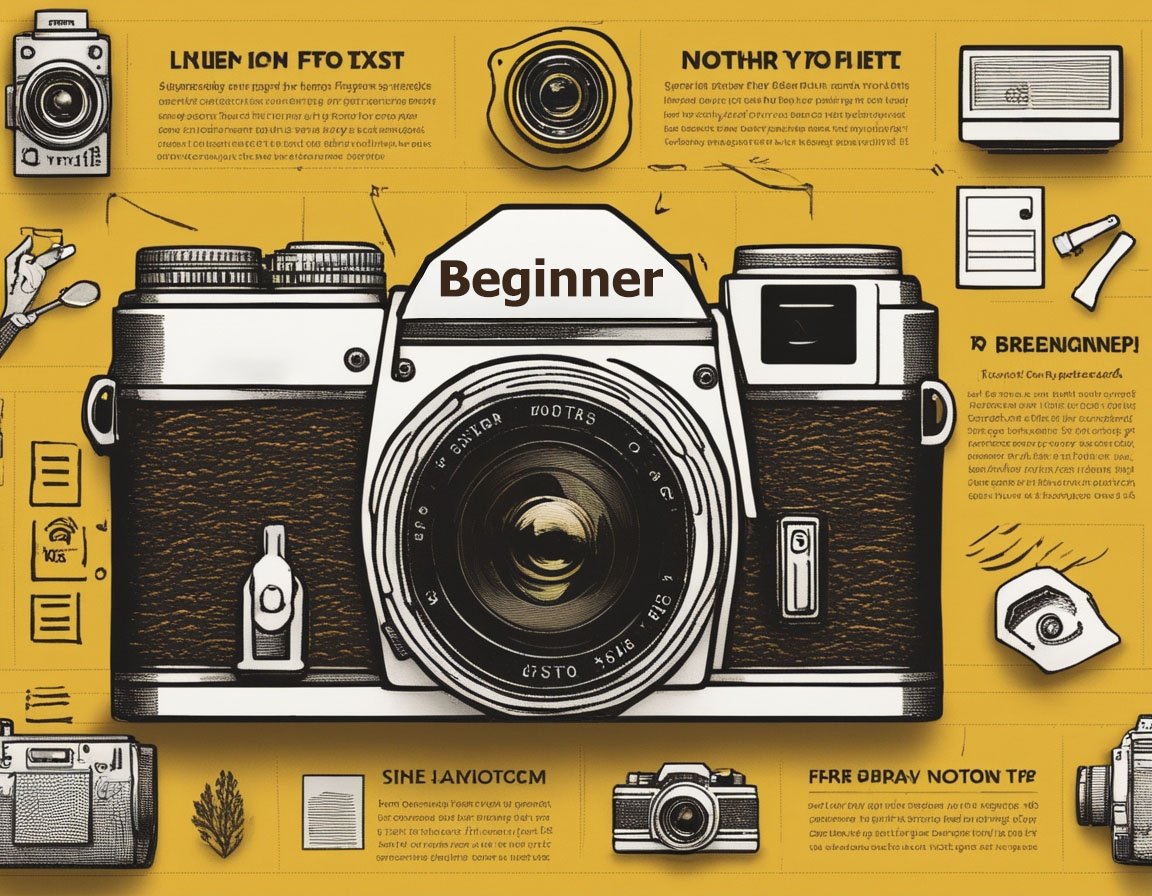Understanding histograms is crucial for anyone involved in photography or digital imaging, yet many beginners neglect this essential tool. This common oversight can hinder the development of budding photographers and leave them puzzled about why their images don’t meet professional standards. Delving into the intricacies of the histogram and why it’s vital could be the first key to unlocking a higher caliber of photography, hence making this an important topic in photography education.
A histogram is essentially a graphical representation of the tonal values in your image. With the vertical axis showing the number of pixels at each tone level, and the horizontal axis displaying dark to light tones, mastering this tool can guide photographers to achieve perfect exposures and contrasts. This graph provides real-time insights into the distribution of light and dark areas in an image, offering a much more objective method for evaluating exposure than the camera’s LCD screen can provide, which is often influenced by external lighting conditions.
Despite its significance, one reason new photographers often neglect histograms is the initial intimidation. At first glance, the graph may appear complex and unnecessary. However, overcoming this intimidation can quickly empower photographers to identify and rectify exposure issues. Once they understand what the spikes and dips represent—highlighting potential overexposure or underexposure—they can adjust their camera settings accordingly, such as ISO, aperture, and shutter speed, with accuracy and confidence.
Search engines can yield countless resources dedicated to understanding histograms, but sorting through these to find credible advice can be overwhelming. Many experienced photographers and educators promote using histograms as part of a standard workflow. Consulting reliable sources and tutorials can demystify this essential tool, shedding light on how to interpret and respond to the information it conveys quickly. By doing so, photographers take a significant step towards perfecting their craft, but they can also progressively understand more sophisticated camera features and post-processing techniques.
Keywords such as “histogram photography beginner,” “use histogram effectively,” and “importance of histogram” should be integral to any content strategy targeting new photographers aiming to broaden their skills. Optimizing content with these terms helps guide learners towards essential resources that will elevate their comprehension and application of histogram data. Furthermore, offering clear, concise, and visual-centric content, perhaps with annotated images illustrating different histogram scenarios, can significantly enhance understanding.
Certain elements, such as correct exposure and balanced lighting, are fundamental components of any high-quality photograph. A histogram directly informs these elements, ensuring photographers can achieve a balanced light distribution across their images. Neglecting this tool often results in lost data, especially in the highlights and shadows, which means lost detail that could have otherwise enriched the image. The iterative process of capturing an image, analyzing its histogram, adjusting settings, and reshooting cultivates a keen eye for detail and ingrains valuable skills in novice photographers.
Thus, educators and photographers aiming to teach others should emphasize integrating histogram usage early on. Activities like hands-on workshops or online webinars centered around “histogram exploration” can facilitate an interactive learning environment. This approach paves the way for an engaging learning process, where students compare their pre- and post-histogram images to identify growth and heightened awareness.
Misconceptions abound around histograms. A key misunderstanding is the belief that there is a ‘perfect’ histogram shape. In reality, a ‘good’ histogram shape depends entirely on what photographers intend to capture within an image. For instance, a predominance of shadows in an image will naturally be skewed to the left, while a high-key image with numerous highlights will skew to the right. Educating aspiring photographers about this nuance is crucial and prevents them from falling into the trap of generic and incorrect assumptions about ‘ideal’ exposure.
SEO-optimized content targeting newcomers should strategically use headlines like “Why Newbie Photographers Overlook Histogram” and “Master the Histogram: Essential Tips for Beginners.” These titles draw in the intended audience and address their principal challenge. Once engaged, captivating subheadings can break down the histogram’s functionality into digestible segments, promoting both comprehension and retention.
To sum up, the path to remarkable photographic achievements begins with dismissing the apprehensions surrounding the histogram. This tool, profound in its simplicity, offers clarity and confidence in exposure management to novice photographers. The journey includes recognizing the histogram’s power, examining its data critically, and eagerly applying the insights to enhance their craft. Such transformations strengthen their artistic intuitions and nurture their skills towards becoming proficient photographers capturing images with finesse and precision.



